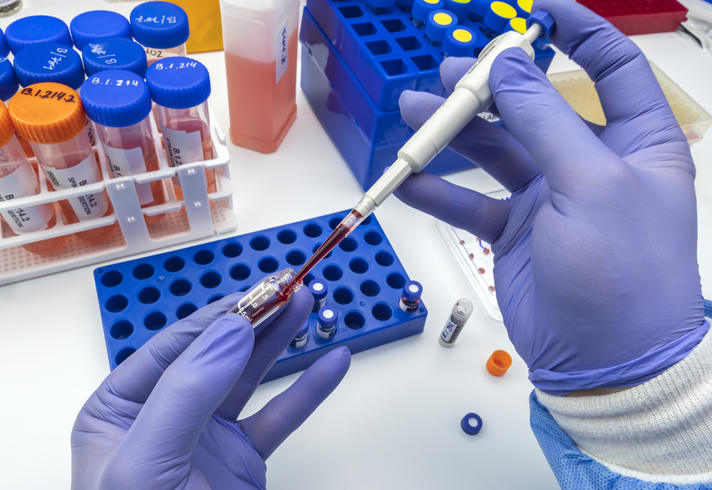Infants with hemolytic disease of the fetus and newborn (HDFN) are often born with anemia. Their red blood cells have been progressively broken down during pregnancy by the attacks of maternal antibodies.
These infants are not able to replace the destroyed red blood cells fast enough, leading to anemia. Reticulocytes are immature red blood cells produced in the bone marrow. Monitoring reticulocyte counts assesses the presence and severity of anemia in the newborn.
What are reticulocytes?
Reticulocytes are immature red blood cells that are still developing. They are produced in the bone marrow and released into the bloodstream, where they develop into red blood cells ove one to two days. Once mature, red blood cells transport oxygen around the body.
A reticulocyte count measures the levels of new red blood cells being produced in the bone marrow. A high reticulocyte count indicates that the bone marrow is actively producing red blood cells. A low reticulocyte count means the bone marrow isn’t producing enough red blood cells. If levels are very low, a blood transfusion may be required to prevent the onset of severe anemia.
Anemia in HDFN infants
Anemia is common in HDFN infants and if left untreated, it can worsen and lead to serious complications. The long-term consequences of severe anemia in the newborn can include poor cognitive, motor and social-emotional development and neurological and cardiovascular complications.
Jaundice occurs when there is a rapid breakdown of red blood cells. Jaundice also commonly develops in the HDFN infant due to hemolytic anemia. If it progresses into kernicterus where bilirubin crosses into the brain, there is a risk of permanent brain damage, cerebral palsy, epilepsy, deafness and intellectual disability.
It is important to monitor reticulocyte counts to understand whether anemia is improving or worsening, so treatment can be rapidly initiated and adjusted accordingly.
Measuring reticulocyte counts in HDFN-affected newborns
A small blood sample often taken from a heel prick is required to measure reticulocyte counts in newborns. The blood sample is tested in a laboratory using automated processes to fluorescent dyes and flow cytometry.
Normal reticulocyte counts in newborns range from 2% to 6%. Less than 2% indicates a poor production of reticulocytes in the bone marrow. A blood transfusion is the first-line treatment for anemia in HDFN-affected infants.
Sign up here to get the latest news, perspectives, and information about HDFN sent directly to your inbox. Registration is free and only takes a minute.

